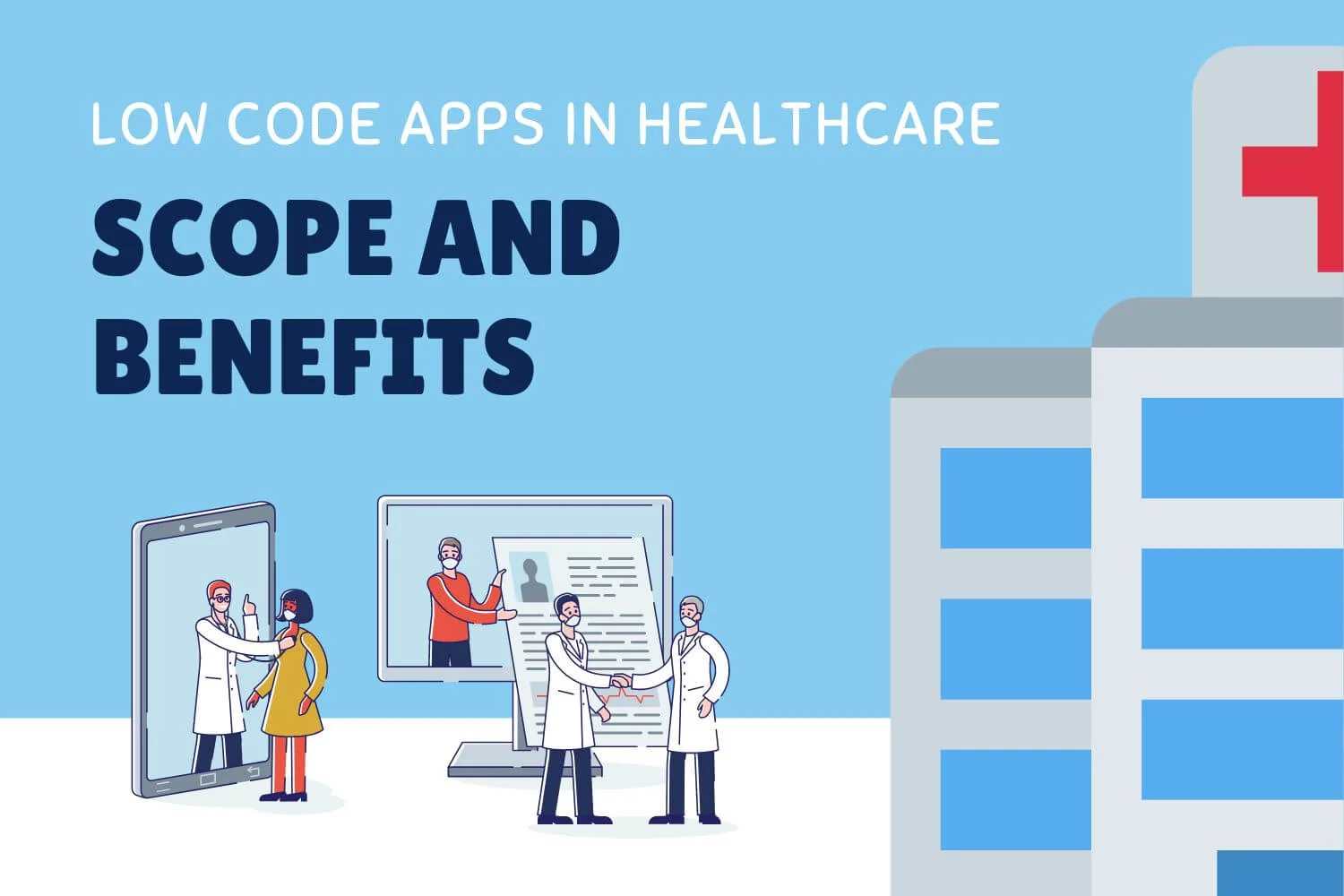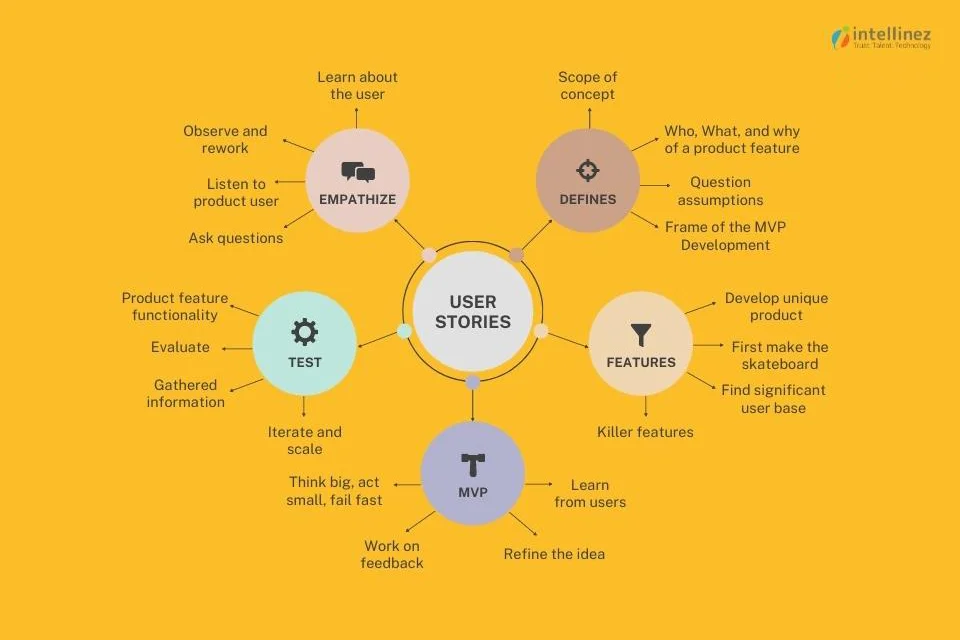Structured Data for Supercharging Healthcare SEO
The internet boasts a huge wealth of high-quality health and medical information, but the average joe struggles with finding and navigating this ocean of information since search engines like Google consume and showcases the medical content primarily through keywords, ignoring the underlying structure of the medical knowledge included in that content. Furthermore, if the technical material about a medical subject isn’t optimized to match the common keywords and layman terms that people commonly use in search, high-quality information can be difficult to find using a search engine.
To navigate this issue, the administrators of medical websites can structure the data on their site with the help of healthcare schemas in such a way that Google’s crawlers can understand and showcase it properly. This structured data will help help the content appear in dynamic results, and it’ll almost certainly result in increased click-through rates.
Implementing healthcare schema is critical for the websites run by healthcare companies since inquiries are usually disease or question-based, and structured data has a high likelihood of eliciting a dynamic result when such a query is presented. Let’s take an in-depth look at healthcare schemas, how they work, and how medical organizations may make the most of it in this blog.
Structured Data for Supercharging Healthcare SEO: Chapter 1
What is Structured Data?
Structured data is a standardized format for delivering information about a page and its content to a search engine and drawing its attention to a piece of crucial information on the page that you want to appear in search results. You can consider this structured data to be a vocabulary for listing the metadata about the content on a webpage. It acts as an expressway that swiftly informs crawlers of all the information they require about a page or site. It is simply code put in a predefined format that allows search engines to interpret the content of your website.
When search engines understand this code, they can present the information as rich results, which are search results that have been enriched. Suppose you’re creating a webpage for a hospital, for example. In that case, you can use structured data markup to specify that the page is about “Hospitals” and add information about other areas of your website. This structured data helps the search engine relate the web page’s content to the real world and position the search results to solve the user’s query properly.
Structured Data for Supercharging Healthcare SEO: Chapter 2
Benefits of using Structured Data?
Have you ever wondered why some Google results include additional information such as review ratings, opening hours, or even their own search bar in addition to the primary text? Schema markup is used on these websites. These enhanced listings are referred to as ‘rich snippets’ by Google. There are many reasons to use schema markup on your medical website, but the following are the most important:
- Rich snippets are more eye-catching and usually boast a higher CTR when compared to regular peers.
- Schema markup is recognized by Google and all the other major search engines. Search engines favor the pages that employ it and show them higher in the results.
- Instead of having to sift through the entire page’s material, users prefer to be informed what they want to know right away, and structured data makes this possible.
- To Google and its users, websites that use schema markup appear more professional and trustworthy.
Structured Data for Supercharging Healthcare SEO: Chapter 3
What is Healthcare Schema
Healthcare schema is basically metadata that exposes the structured information about the content on healthcare websites to the search engines. It enabled website administrators to correctly identify, classify, and characterize their healthcare content, whether it’s a fact about their company, the services they provide, a medical ailment, or research data about an ailment.
When used in conjunction with JSON-LD, schema can improve a healthcare website’s chances of being included in Google’s Knowledge Graph, which is a massive database of relationships between bits of data and information that Google uses to serve the most accurate responses to user queries. Symptom Search, which quickly summarises common symptoms for a given ailment, and business profiles, which contain business hours, phone numbers, and reviews of healthcare-related businesses, are prime examples of Knowledge Graph results.
According to Google, health-related queries account for about 7% of all daily searches. Every day, nearly a billion health inquiries are asked. If you run a healthcare website, you can boost search visibility, increase the quality of traffic coming to your site and gate a slice of this huge piece of traffic by using healthcare schema markup.
Structured Data for Supercharging Healthcare SEO: Chapter 4
Structured Data for Healthcare Websites
The use of structured data can be very beneficial for healthcare websites. It will not only help Google and other search engines understand the content but also the Business dispensing the content. There are a bunch of Schema variables a Healthcare Business can use to show up higher in the search results. Some prime examples of such structured variables are:
- Organization
- Logo
- Local Business Listing – Business Type, Location, Hours of Operation
- Corporate Contact
- Social Links
- Breadcrumb navigation
- Article
- Q&A Page
- Reviews
- Videos
- Events
- Job Posting
- Speakable Content
As you can see in the image posted above, the structured data is highlighted with the SERP results. It enables the users to find the page they are looking for without navigating inside the website. This note only improves user experience but also improves search rankings.
Structured Data for Supercharging Healthcare SEO: Chapter 5
Components of Structured Data for Healthcare Content
schema.org has a health and life sciences extension. This extension enables the owners of healthcare websites to correctly identify, classify, and characterize their content. Schema.org offers 384 medical terms and structured variables when it comes to the medical field. Here is an extensive list of all these terms:
| Types (80) | ||
| AnatomicalStructure, AnatomicalSystem, ApprovedIndication, Artery, BloodTest, Bone, BrainStructure, DDxElement, DiagnosticLab, DiagnosticProcedure, Diet, DietarySupplement, DoseSchedule, Drug, DrugClass, DrugCost, DrugLegalStatus, DrugStrength, ExercisePlan, ImagingTest, InfectiousDisease, Joint, LifestyleModification, Ligament, LymphaticVessel, MaximumDoseSchedule, MedicalAudience, MedicalBusiness, MedicalCause, MedicalClinic, MedicalCode, MedicalCondition, MedicalConditionStage, MedicalContraindication, MedicalDevice, MedicalEntity, MedicalGuideline, MedicalGuidelineContraindication, MedicalGuidelineRecommendation, MedicalIndication, MedicalIntangible, MedicalObservationalStudy, MedicalProcedure, MedicalRiskCalculator, MedicalRiskEstimator, MedicalRiskFactor, MedicalRiskScore, MedicalScholarlyArticle, MedicalSign, MedicalSignOrSymptom, MedicalStudy, MedicalSymptom, MedicalTest, MedicalTestPanel, MedicalTherapy, MedicalTrial, MedicalWebPage, Muscle, Nerve, OccupationalTherapy, Optician, PalliativeProcedure, PathologyTest, Patient, PhysicalActivity, PhysicalTherapy, PreventionIndication, PsychologicalTreatment, RadiationTherapy, RecommendedDoseSchedule, ReportedDoseSchedule, Substance, SuperficialAnatomy, SurgicalProcedure, TherapeuticProcedure, TreatmentIndication, Vein, Vessel, VeterinaryCare, VitalSign | ||
| Properties (162) | ||
| activeIngredient, activityDuration, activityFrequency, additionalVariable, administrationRoute, adverseOutcome, affectedBy, alcoholWarning, algorithm, antagonist, applicableLocation, arterialBranch, aspect, associatedAnatomy, associatedPathophysiology, availableIn, availableService, availableStrength, availableTest, biomechnicalClass, bloodSupply, bodyLocation, branch, breastfeedingWarning, causeOf, clincalPharmacology, clinicalPharmacology, code, codingSystem, comprisedOf, connectedTo, contraindication, costCategory, costCurrency, costOrigin, costPerUnit, diagnosis, diagram, diet, dietFeatures, differentialDiagnosis, distinguishingSign, dosageForm, doseSchedule, doseUnit, doseValue, drainsTo, drug, drugClass, drugUnit, duplicateTherapy, endorsers, epidemiology, estimatesRiskOf, evidenceLevel, evidenceOrigin, exercisePlan, exerciseRelatedDiet, exerciseType, expectedPrognosis, expertConsiderations, followup, foodWarning, frequency, functionalClass, guideline, guidelineDate, guidelineSubject, healthCondition, hospitalAffiliation, howPerformed, identifyingExam, identifyingTest, imagingTechnique, includedRiskFactor, increasesRiskOf, infectiousAgent, infectiousAgentClass, insertion, intensity, interactingDrug, isAvailableGenerically, isProprietary, labelDetails, legalStatus, maximumIntake, mechanismOfAction, medicalAudience, medicalSpecialty, medicineSystem, muscleAction, naturalProgression, nerve, nerveMotor, nonProprietaryName, normalRange, originatesFrom, overdosage, partOfSystem, pathophysiology, physiologicalBenefits, possibleComplication, possibleTreatment, postOp, preOp, pregnancyCategory, pregnancyWarning, preparation, prescribingInfo, prescriptionStatus, primaryPrevention, procedure, procedureType, proprietaryName, publicationType, recognizingAuthority, recommendationStrength, recommendedIntake, regionDrained, relatedAnatomy, relatedCondition, relatedDrug, relatedStructure, relatedTherapy, relevantSpecialty, repetitions, restPeriods, riskFactor, risks, runsTo, safetyConsideration, secondaryPrevention, sensoryUnit, seriousAdverseOutcome, signDetected, signOrSymptom, significance, sourcedFrom, stage, stageAsNumber, status, strengthUnit, strengthValue, structuralClass, study, studyDesign, studyLocation, studySubject, subStageSuffix, subStructure, subTest, supplyTo, targetPopulation, tissueSample, transmissionMethod, trialDesign, tributary, typicalTest, usedToDiagnose, usesDevice, warning, workload | ||
| Enumerations (17) | ||
| DrugCostCategory, DrugPregnancyCategory, DrugPrescriptionStatus, InfectiousAgentClass, MedicalAudienceType, MedicalDevicePurpose, MedicalEnumeration, MedicalEvidenceLevel, MedicalImagingTechnique, MedicalObservationalStudyDesign, MedicalProcedureType, MedicalSpecialty, MedicalStudyStatus, MedicalTrialDesign, MedicineSystem, PhysicalActivityCategory, PhysicalExam | ||
| Enumeration Members (125) | ||
| Abdomen, ActiveNotRecruiting, AerobicActivity, AnaerobicActivity, Anesthesia, Appearance, Ayurvedic, Bacteria, Balance, CT, Cardiovascular, CardiovascularExam, CaseSeries, Chiropractic, Clinician, CohortStudy, CommunityHealth, Completed, CrossSectional, Dentistry, Dermatologic, Dermatology, Diagnostic, DietNutrition, DoubleBlindedTrial, Ear, Emergency, Endocrine, EnrollingByInvitation, EvidenceLevelA, EvidenceLevelB, EvidenceLevelC, Eye, FDAcategoryA, FDAcategoryB, FDAcategoryC, FDAcategoryD, FDAcategoryX, FDAnotEvaluated, Flexibility, Fungus, Gastroenterologic, Genetic, Genitourinary, Geriatric, Gynecologic, Head, Hematologic, Homeopathic, Infectious, InternationalTrial, LaboratoryScience, LeisureTimeActivity, Longitudinal, Lung, MRI, MedicalResearcher, Midwifery, MultiCenterTrial, MulticellularParasite, Musculoskeletal, MusculoskeletalExam, Neck, Neuro, Neurologic, NoninvasiveProcedure, Nose, NotYetRecruiting, Nursing, OTC, Observational, Obstetric, OccupationalActivity, Oncologic, OpenTrial, Optometric, Osteopathic, Otolaryngologic, PET, Pathology, Pediatric, PercutaneousProcedure, PharmacySpecialty, Physiotherapy, PlaceboControlledTrial, PlasticSurgery, Podiatric, PrescriptionOnly, PrimaryCare, Prion, Protozoa, Psychiatric, PublicHealth, Pulmonary, Radiography, RandomizedTrial, Recruiting, Registry, ReimbursementCap, Renal, RespiratoryTherapy, ResultsAvailable, ResultsNotAvailable, Retail, Rheumatologic, SingleBlindedTrial, SingleCenterTrial, Skin, SpeechPathology, StrengthTraining, Surgical, Suspended, Terminated, Therapeutic, Throat, Toxicologic, TraditionalChinese, TripleBlindedTrial, Ultrasound, Urologic, Virus, WesternConventional, Wholesale, Withdrawn, XRay |
Structured Data for Supercharging Healthcare SEO: Chapter 6
EAT SEO for Healthcare Websites
Healthcare schema might also help you achieve your EAT goals (expertise, authority, and trust). Since medical websites fall under your money or your life category, Google will be even more discriminating about your EAT score. To improve your EAT score, you can highlight your writers’ and physicians’ profiles and list their credentials to demonstrate authority. If you have a subject matter expert, create a page that describes who they are, displays who they are, and links to other web-based work they’ve done, and then incorporate that into your content plan.
Google hasn’t formally started suggesting healthcare schema to marketers just yet. That isn’t to say you shouldn’t begin using it. If you work in healthcare and want to improve your SEO, you should be aware that Google will eventually force you to adopt healthcare and medical schema. You must decide if you want to be ahead of this directive or fall behind in an attempt to catch up.
Conclusion
At Intellinez, we specialize in healthcare-related IT services. Our staff boasts an extensive knowledge of SEO, programming, and the healthcare industry. We have the technical and industry skills to bring it all together to help you adopt the correct schema markup to provide structure to your website content in a secure and proactive manner. Our professional assistance can help you go a long way in the current and future industry scenarios. Contact us today for a free consultation and quotation.
SEO Services
With Our expertise in all the facets of Search Engine Optimization, we can help you ensure that your website ranks the highest in SERP results. We also specialize in SaaS Development, UI/UX services, QA Testing, System Integration and API Development.













































![A Comprehensive Guide to AWS SaaS Architecture [Diagram Included] 90 Aws SaaS Architecture](http://www.intellinez.com/wp-content/uploads/2024/08/Title-image.jpg)





























































































